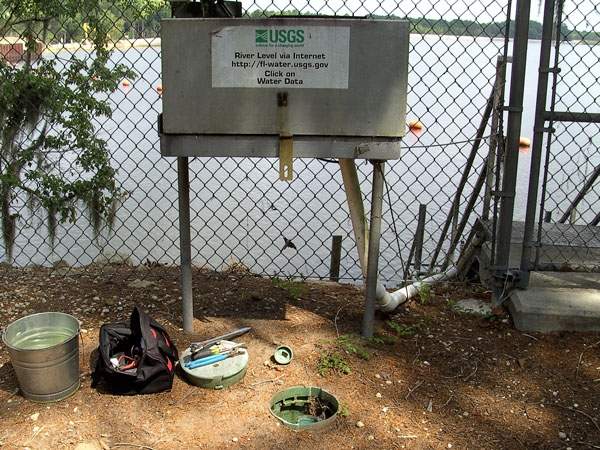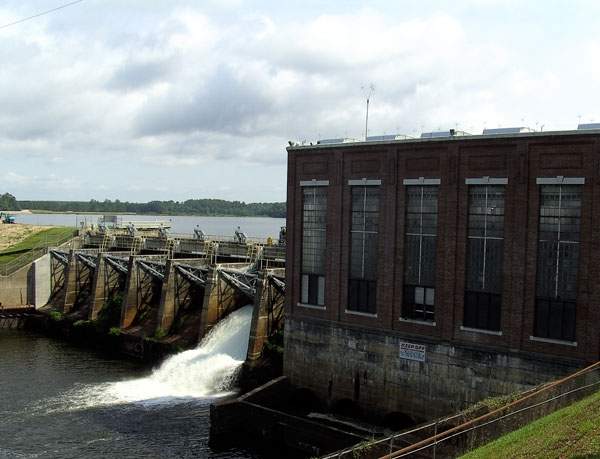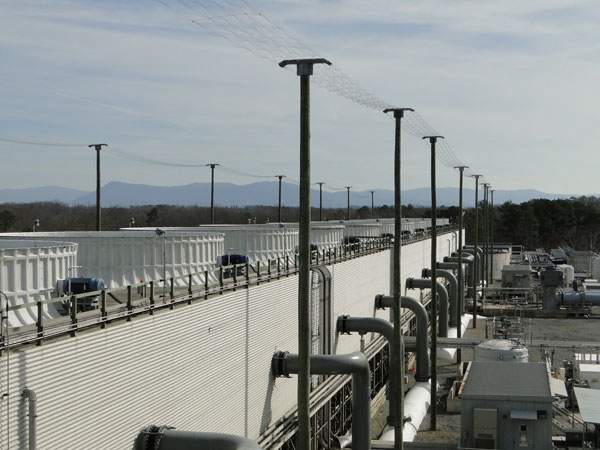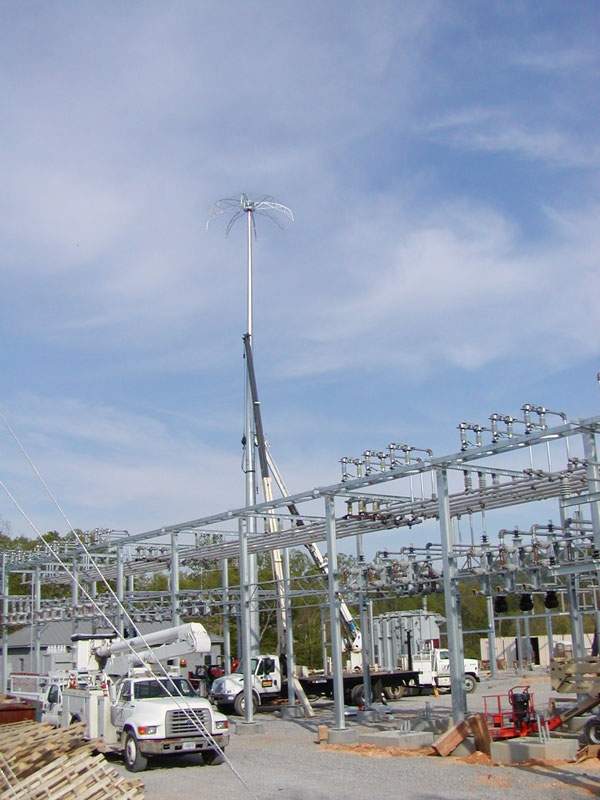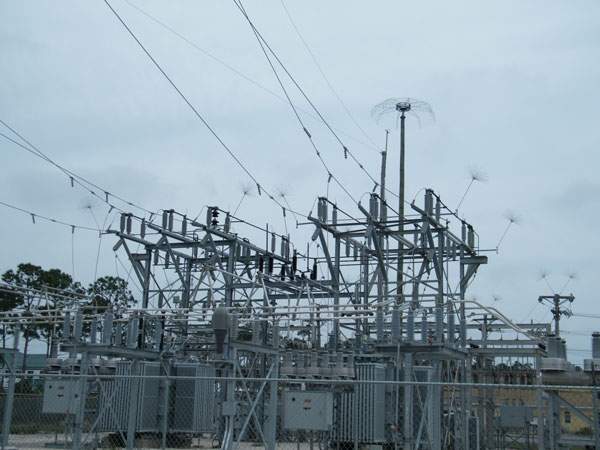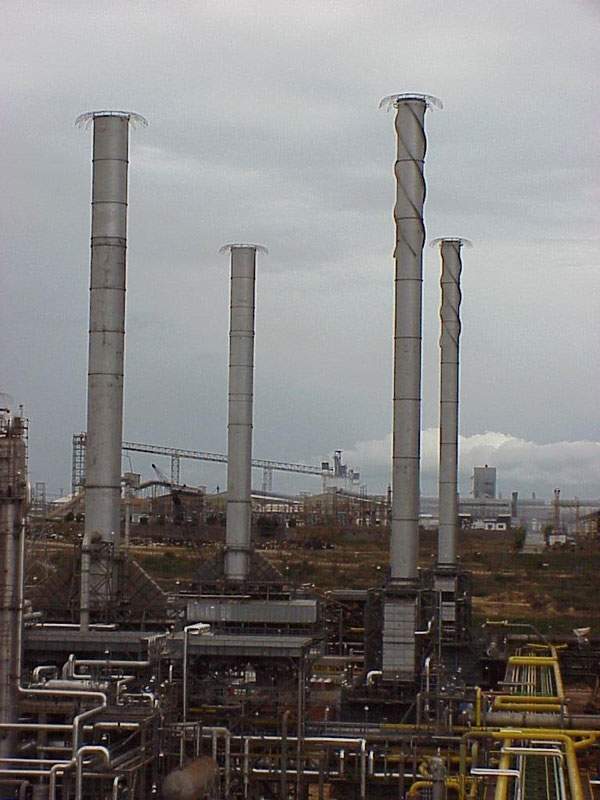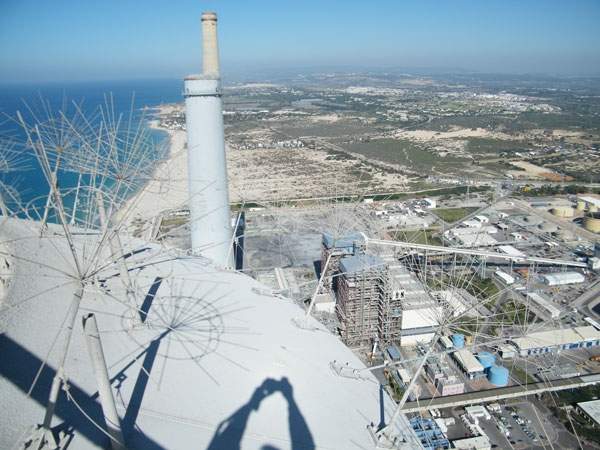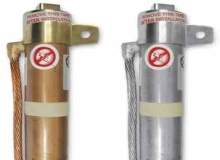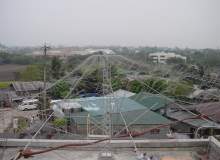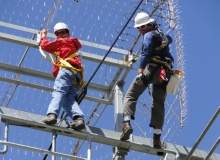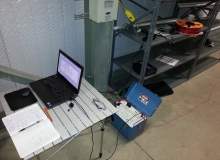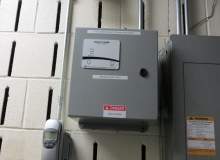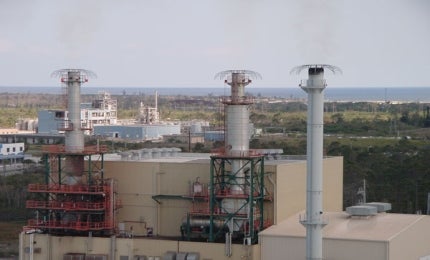
Lightning Eliminators & Consultants (LEC) provides integrated lightning protection and lightning prevention products, solutions and services.
The company has more than 43 years of experience and is also involved in grounding systems engineering, testing and surge protection designs for the power and energy sectors.
Lightning protection solutions
Lightning protection performs an important and imperative function in the power generation industry, helping energy companies avoid downtime and restoration costs that come with outages.
A single outage lasting one hour can cost upward of $1m, not only to the company but also to its clients, depending on the users that are serviced.
However, the initial choice of a lightning protection solution can sometimes be the problem, particularly when outside or unknown influences are factored.
Surge protection for the power industry
Weather, particularly lightning, is one of the biggest threats to facilities. LEC uses the innovative and patented science of charge transfer technology (CTS) to provide comprehensive consulting, assessment and design across multiple industries in more than 80 countries and throughout the US, working with some of the largest companies worldwide.
Whether it is a nuclear power facility or substations, lightning rods and overhead grounding wires are not always the correct solution.
A customised approach, tailored to meet customers’ unique set of circumstances, is preferable than the standard approach.
Lightning protection to reduce costs
According to the US Department of Energy, the costs to the end-user for momentary outages (per customer) are:
- Residential: $1.82
- Commercial: $574
- Industrial: $1,895
Therefore, for a load-serving station that serves 20MW of load (or 2,800 to 4,000 residential customers / meters), the cost impact to end-users of losing service is in the range of $5,096 to $7,280.
Optimised surge suppression solutions
LEC provides a hands-on service, including testing and proprietary design.
This is coupled with products such as the Dissipation Array® System (DAS®), Chem-Rod® and optimised surge suppression solutions.
Charge transfer technology for lightning protection
The DAS uses charge transfer technology, which prevents the termination of lightning within the area of desired protection.
This is a different method to grounding wires and / or lightning rods, which are meant to redirect an incoming lightning strike’s energy to the ground, away from equipment. A lightning rod collects the strike and carries the current into the ground, creating the same effect.
DAS has a 99% success rate and is the only lightning protection product to offer a full no-strike warranty.
When designing solutions for facilities, LEC assesses the situation to determine the best way forward.
Once the proper lightning protection system is in place, including grounding engineering and surge protection, maintenance and inspection are integral to protecting the facility.
Lightning prevention products
DAS’s charge transfer technology is the only type of system where the lightning impulse is not encouraged, but discouraged.
DAS isolates facilities from a direct lightning strike by bleeding off the induced charge on the protected area during the course of a thunderstorm, reducing it to a much lower level in relation to the surrounding environment.
This suppresses the formation of an upward rising streamer, one of the required elements of the strike process, therefore avoiding the strike. Discouraging lightning is a significant benefit to facilities of this type.


